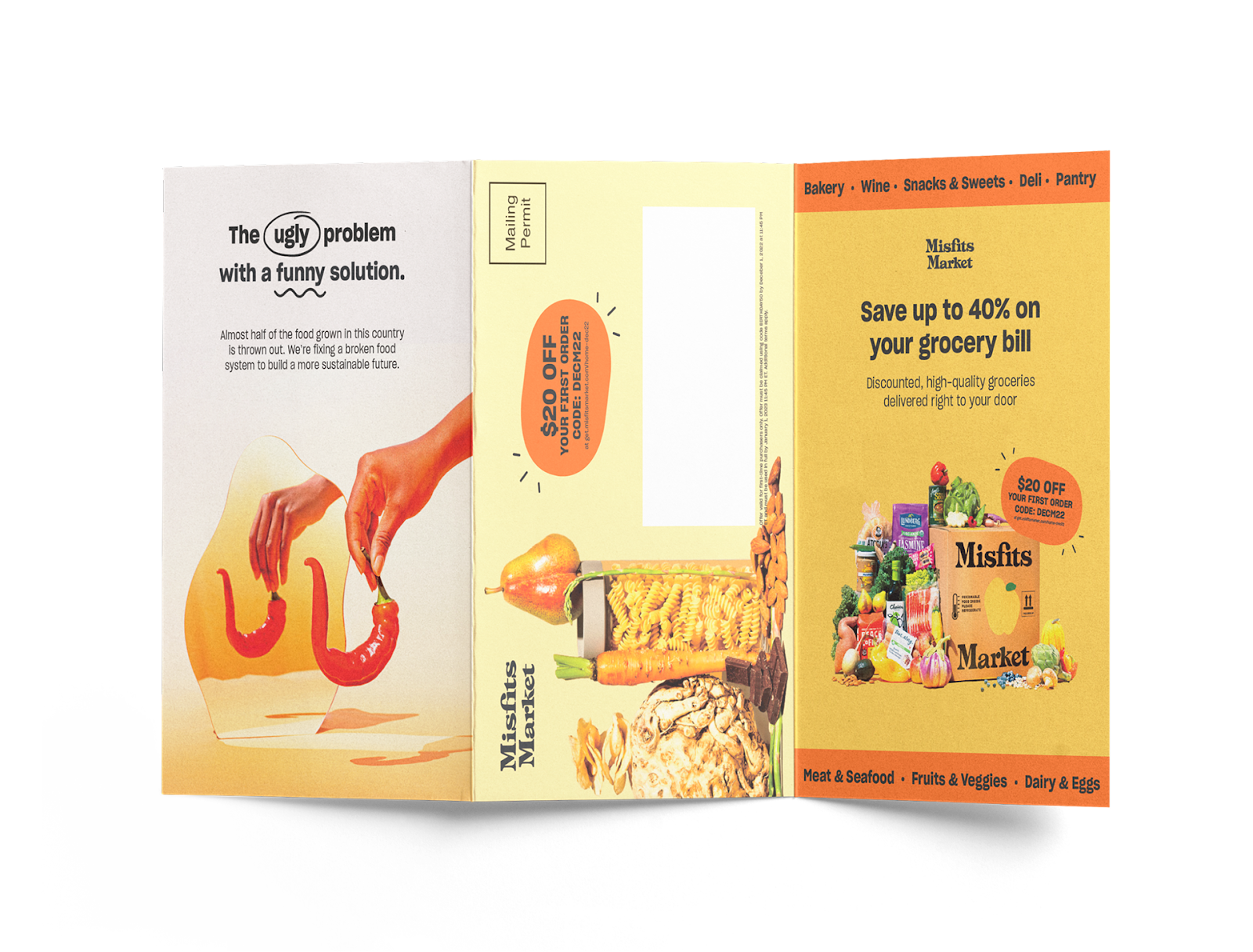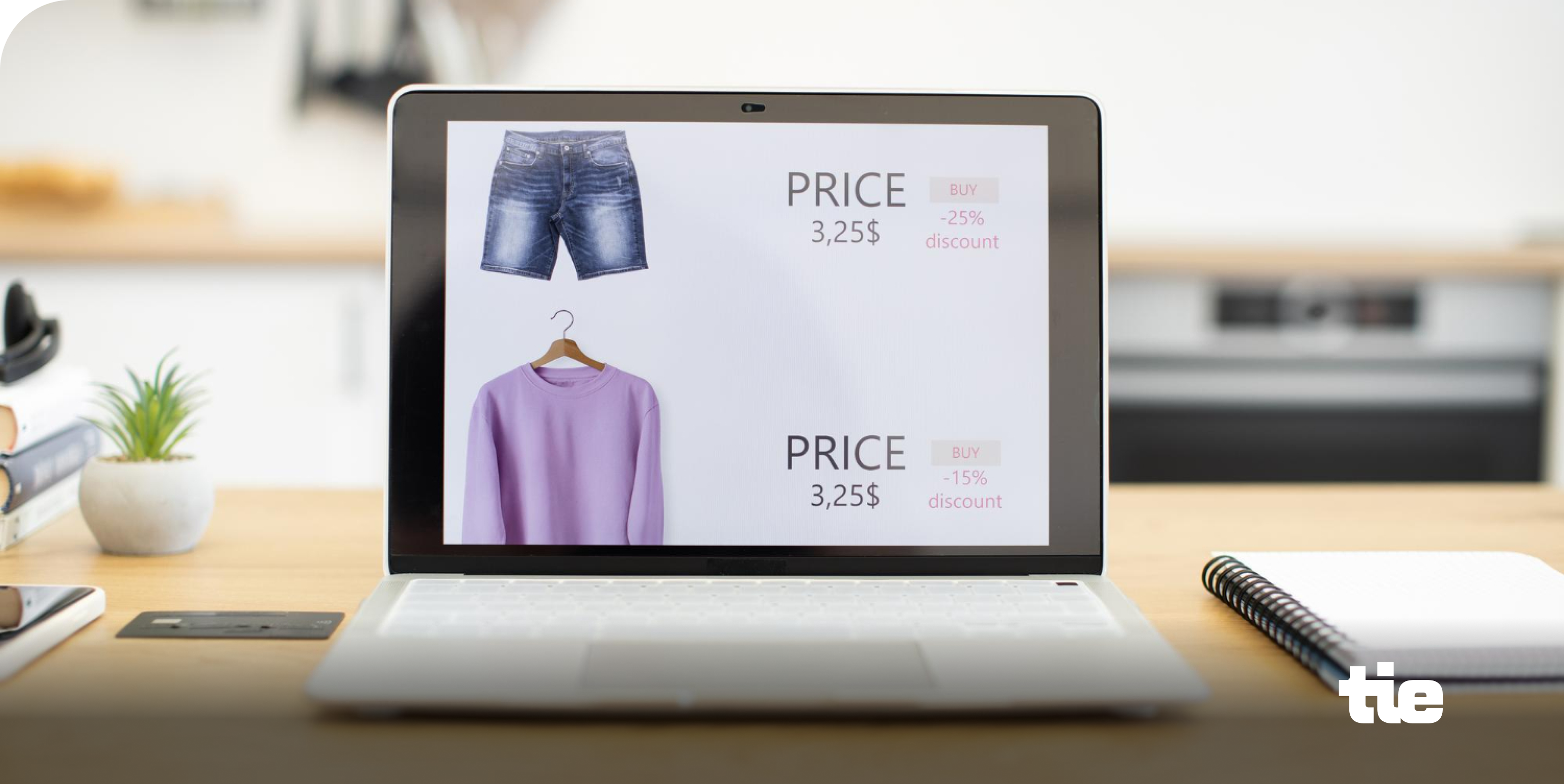How Top Ecommerce Brands Use Direct Mail to Drive Conversions
.png)
Until recently, direct mail felt stuck in the past— slow to plan, expensive to test, and disconnected from the digital customer journey.
Today, the best ecommerce teams use it like a digital channel: event-triggered, personalized, and measurable.
Instead of sending the same catalog to everyone, brands are mailing customers based on behavior and timing. So when a shopper abandons their cart, pauses a subscription, or hits a loyalty milestone, a personalized mailer lands in their mailbox within days; timed perfectly to intent.
We spoke with Fiona Micoleau, Senior Strategist at Share Local Media, a startup offering measurable direct mail solutions for ecommerce brands, to understand how the most innovative brands are using it today, and what the next wave of campaigns will look like.
Use data to make every mailer count
Direct mail in 2025 is driven by the same data precision that you expect from digital ads.
You’re not just mailing to a user list; instead, you’re basing it on customer behavior.
Combining first-party ecommerce data, CRM records, and behavioral signals lets you decide exactly what to send, when, and to whom. For example:
- Show products that a shopper browsed or purchased before.
- Send reorder reminders based on how fast that SKU usually runs out.
- Tailor offers by customer segment or predicted lifetime value.
“Brands now combine first-party ecommerce/CRM signals with behavior and intent data to power hyper-personalization.”
This level of targeting makes direct mail a precision channel; one that converts better because it lands when shoppers are most likely to buy again.

Build a connected journey across mail, email, and SMS
One of the biggest mistakes brands make is treating direct mail as an isolated campaign.
The smartest brands now orchestrate their channels so that every touchpoint is part of one flow.
Here’s an example that works consistently:
- Send a physical mailer first with a tangible announcement of a sale, collection, or offer.
- Follow up with an email referencing the piece or the code printed on it.
- Use SMS for short, time-sensitive nudges (for example, “Your mailer code expires tonight”).
This connected sequencing keeps your brand top-of-mind while also letting you measure lift from each channel. It also improves attribution because you can measure lift from each step instead of guessing what drove the conversion.
Set up direct mail as a real-time conversion channel
You no longer need months of lead time or a massive print run to use direct mail effectively. Modern systems integrate with your ecommerce and CRM data, letting you print and mail automatically based on live triggers like:
- Cart or browse abandonment
- Subscription refill reminders
- VIP milestones (e.g., 5th purchase or loyalty upgrade)
- Life events (new movers, newly engaged, etc.)
This real-time orchestration means mailers arrive while purchase intent is still alive and not long after it fades.
“Marketers now treat direct mail as part of customer lifecycle orchestration: measurable, testable, and iterated, instead of a general batch marketing tactic.”
Where direct mail drives the biggest impact
Direct mail performs well for both acquisition and retention, but how you use it changes depending on the goal.
For acquisition
Use prospecting lists built from verified data, not broad demographics. Combine lookalike modeling (identifying new audiences that resemble your highest-value customers) with household-level matching (linking data to physical addresses for precise targeting).
Instead of mass mailers, send product-led introductions or sample-based offers that match local buying patterns. Brands see stronger response rates since outreach is personalized to shoppers most likely to buy and not just anyone within a ZIP code.
For retention
Trigger mail based on timing and context. Send reorder prompts tied to product usage cycles, winback offers when a customer goes inactive, or VIP milestones that recognize loyalty with exclusive benefits.
Physical mail works best here because it adds weight to the message and turns retention from a reminder into a gesture.
“Many modern programs combine both: use direct mail to acquire higher-quality customers and then retain them with lifecycle automation.”
Creative examples that actually move revenue
The strongest direct mail campaigns in 2025 are not about sending more but about sending smarter. Each piece is backed by real customer data and designed to create a moment that feels personal, relevant, and worth acting on.
Some examples of the most effective 2025 campaigns that merge creativity with behavioral data are:
Food and beverage brands: Turn reorder intent into engagement
Instead of generic coupons, food brands are sending personalized recipe cards or mini sample boxes tied to a shopper’s past purchases. For example, if someone often buys protein snacks, their mailer might feature a new flavor and a QR code for a “quick-add” restock.
This turns replenishment into a discovery experience and makes the brand part of the customer’s daily routine, not just another purchase reminder.
Apparel brands: Connect browsing behavior to tactile proof
Apparel and lifestyle brands are using dynamic print design that mirrors on-site browsing. For example, if a shopper spent time looking at linen shirts, their mailer shows that exact category styled differently: paired with a short-lived offer to prompt action.
Seeing the product in print, contextualized with how it fits or feels, closes the gap between online intent and physical consideration.

Luxury and wellness brands: Merge physical exclusivity with digital access
Premium brands are embedding NFC or QR codes that offer access to private experiences: personalized videos, loyalty dashboards, or invite-only collections. This keeps the mailer elegant and minimal while linking it to digital depth.
It works because luxury buyers value access over discounts, and direct mail becomes a touchpoint that feels exclusive and not transactional.
What all these campaigns share is precision. They’re designed for relevance at scale using data to send fewer pieces, each with higher intent and stronger conversion potential.
Personalizing responsibly
In 2025, shoppers care as much about how something is made as why it’s sent. That’s why sustainability needs to be a major part of how brands communicate values through direct mail.
The most progressive ecommerce teams are taking a dual approach: personal relevance with environmental accountability. Here’s how:
Smarter materials and ethical sourcing
Brands are switching to FSC-certified or 100% recycled paper stocks to reduce environmental impact while keeping print quality high. It’s no longer optional as many customers actively factor these choices into their buying decisions. A sustainable direct mail signals that your brand pays attention to detail beyond the sale.
What’s next for direct mail in ecommerce
Direct mail has already proven it can perform like a digital channel. What’s coming next is a shift from experimentation to sophistication, where brands use smarter data, faster creative, and cleaner attribution to treat every piece as a measurable growth lever.
Here’s what’s coming next:
- AI-led creative testing: Automated tools will personalize layouts, copy, and offers per recipient, optimizing each print batch for conversion lift.
- Deeper omnichannel attribution: Brands will run incrementality tests to measure direct mail’s exact revenue contribution alongside digital ads and emails.
- Interactive experiences: Expect NFC chips and AR filters that let shoppers unlock offers or content directly from the mailer.
Leverage direct mail for measurable results
Direct mail engages shoppers effectively and drives revenue, but only when it’s powered with the right data. Behavioral triggers and personalized creative get you visibility, but to turn that attention into measurable sales, you need reliable identity data behind every send.
That’s where Tie comes in. Identity resolution tools like Tie help ecommerce brands up to 75% of anonymous web visitors, enrich those profiles with verified names and addresses, and sync them across your marketing stack, so every mailer you send goes to a real person with real intent.
If you’re investing in direct mail this year, don’t waste it on guesswork or incomplete data. Book a demo to see how Tie helps you turn intent signals into measurable conversions.







